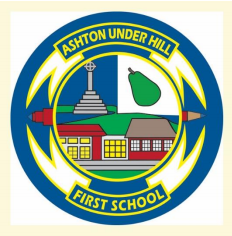Willow wb 15.01.2024
On Thursday all of Key Stage 2 got together for an immersive, interactive online space themed STEM adventure. They blended the thrill of space adventure the crucial role the UK Space Industry is playing in combating the climate crisis. They played the role of aspiring space engineers and scientists, and alongside the other 1000 plus schools taking part, used the ipads to interact with the adventure to decide the path of an Earth Observation mission, navigating orbiting satellites and discovered a few surprises along the way! It wasn’t just a show, it was billed as a gateway to inspire a new generation of space and climate enthusiasts and showcased how science, technology and climate action all work together to save our precious planet; it didn’t disappoint!
This week as part of our Science lesson, the children learned about the types of teeth and their role in digestion. Ivanina kindly brought in various models so the children could look closely at the shapes and position of the teeth. The children also took home a tube of toothpaste and a teeth cleaning chart to use at home. We found out that children have 20 milk teeth and adults have up to 32 teeth. We discussed why animals have different shaped teeth depending on their diet and environment. In music, the children recapped the notes B and A and we learned how to play G. We used our recorders to accompany the Bob Marley song ‘Three Little Birds’.
In English, we have explored different fables and learned about the meaning behind them. We used a transcript of the Hare and the Tortoise to recall the story dialogue using inverted commas accurately to show when the characters are speaking. We used success criteria to mark a piece of work to check for errors to reinforce our understanding of direct speech. We then went on to add dialogue into the fable of 'The fox and the lamb' which involved us coming up with creative excuses for the fox.
In Maths, we have been linking our knowledge of multiplication and division as well using partitioning to help us divide. We created posters on Friday morning to show the ways in which we could divide a 2 digit number by a 1 digit number. We used bar models, partitioning and part part whole models as well as the dienes equipment.


